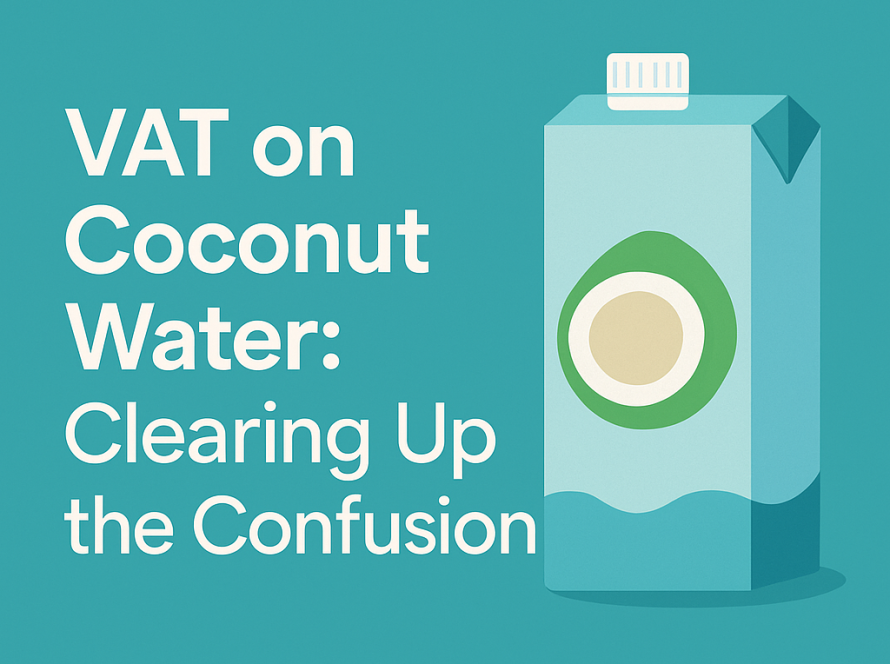Dear clients and business owners, at NiS Accountants, we understand the importance of optimizing your income while minimizing your tax and National Insurance (NI) liabilities. As an owner-manager of a company, you’re likely keen to explore the most tax-efficient methods for taking income from your business. While dividends are a popular choice, there are situations where benefits in kind may have the edge. Let’s delve into when benefits in kind might trump dividends in the realm of tax efficiency.
💼 Profit Extraction
Benefits in kind are one of the primary methods for director shareholders to extract income from their company. In most cases (with one exception we’ll discuss later), benefits are more tax and NI efficient compared to salaries. However, their tax efficiency usually falls somewhere between salaries and dividends.
Benefits have a unique advantage over dividends because a company can provide them to a director even if it’s currently operating at a loss. This makes them a valuable option, especially during the early years of a company when profits may not be sufficient to meet a director shareholder’s income needs through dividends alone.
🔍 When Are Benefits More Tax Efficient?
Benefits become more tax efficient than dividends when they are exempt from tax and NI in the hands of the director shareholder. In such cases, not only does the recipient avoid paying tax, but the company also receives a tax deduction for providing these benefits. Below, we compare the overall tax positions of a company providing an exempt benefit in kind versus a dividend of equal value:
📊 Example – Tax Efficiency Comparison
Benefit in Kind:
Company: £1,000
Director Shareholder: £1,000
Corporation Tax (CT) Relief at 19%: -£190
Net Cost to Company: £810
Net Value to Director: £1,000
Dividend:
Company: £1,000
Director Shareholder: £1,000
Minimum Director’s Income Tax: -£88
Net Cost to Company: £1,000
Net Value to Director: £912
In this example, assuming the company pays tax at the small profits rate of 19%, both the director shareholder and the company benefit more from a benefit in kind rather than a dividend. These tax savings can be even greater when the company pays CT at higher rates or the director falls into a higher or additional tax bracket.
📉 When Are Benefits Less Tax Efficient?
Generally, benefits that are taxable and subject to NI are less tax efficient than an equivalent dividend, as illustrated in the table below. However, there are exceptions where specific rules result in a low taxable benefit, such as zero or low emissions company cars, making benefits in kind more tax-efficient.
📊 Example – Tax Efficiency Comparison (Taxable Benefits)
Benefit in Kind:
Company: £1,000
Director Shareholder: £1,000
Class 1A NI (13.8%): £138
Corporation Tax Relief (19%): -£216
Director-Shareholder’s Income Tax: -£200
Net Cost to Company: £922
Net Value to Director: £800
Dividend:
Company: £1,000
Director Shareholder: £1,000
Director’s Income Tax: -£88
Net Cost to Company: £1,000
Net Value to Director: £912
These considerations highlight the importance of tailoring your income extraction strategy to your specific circumstances. We’re here to assist you in making well-informed decisions that optimize your tax efficiency while adhering to HMRC regulations. Feel free to reach out to NiS Accountants for personalized guidance and to explore the best approach for your business. 💼💰
#nisaccoutants #TaxEfficiency #IncomeExtraction #FinancialPlanning


